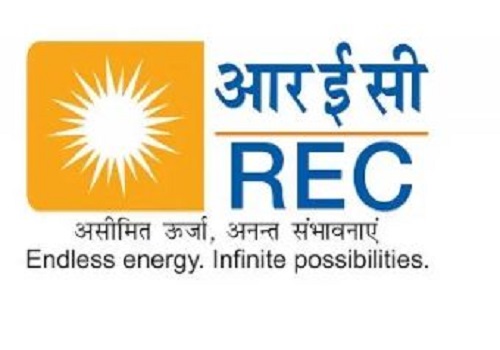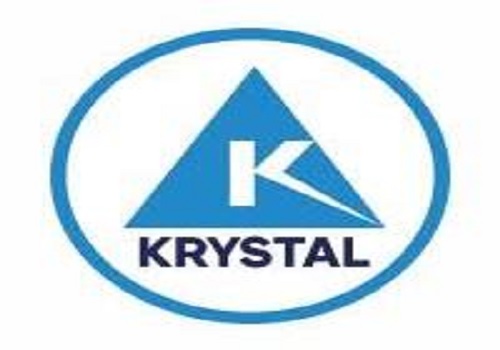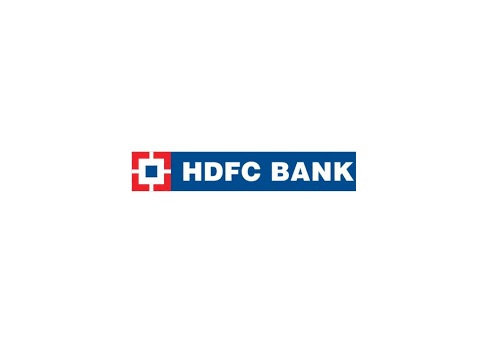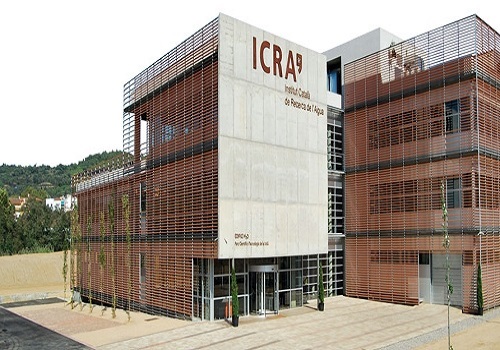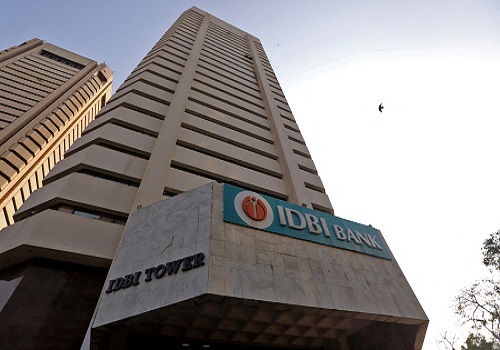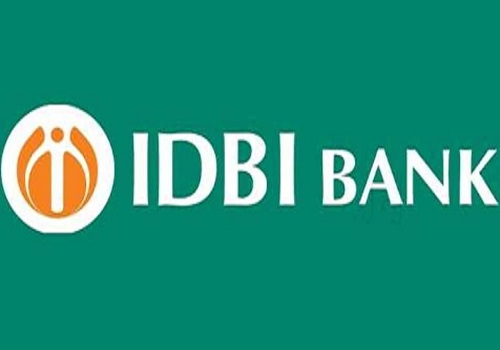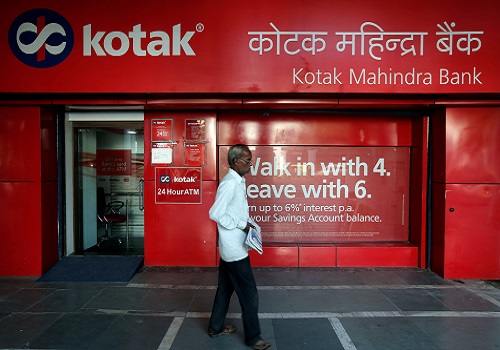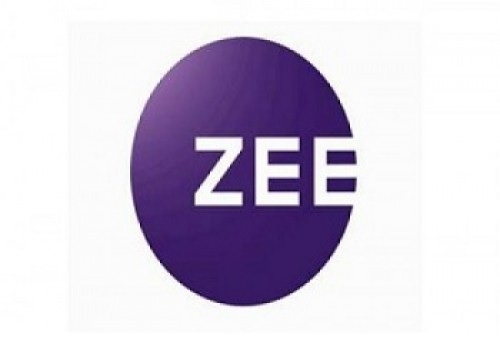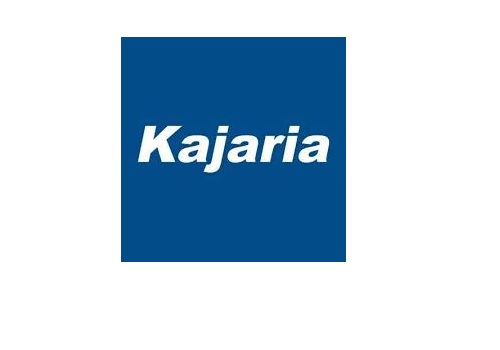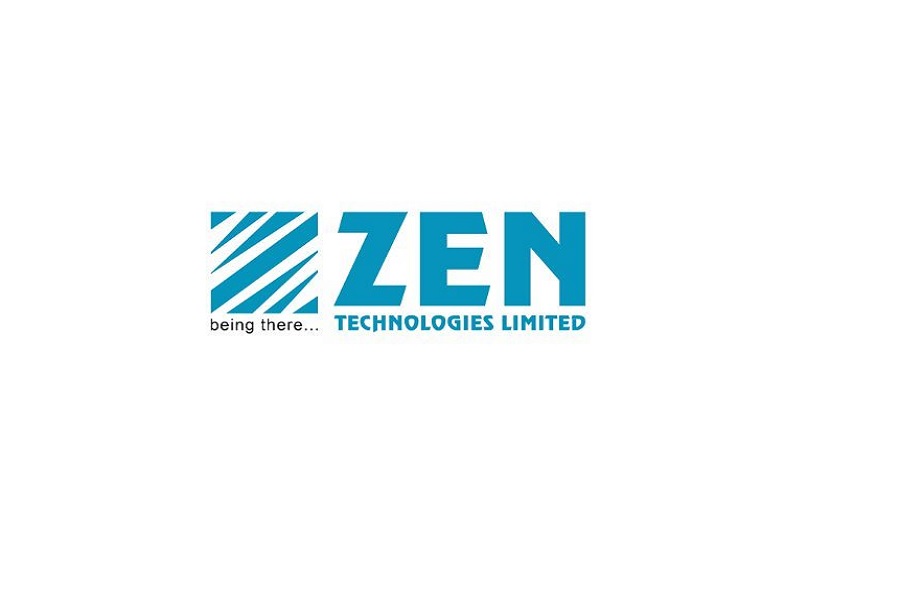Add IDFC First Bank Ltd For Target Rs.95 - Yes Securities
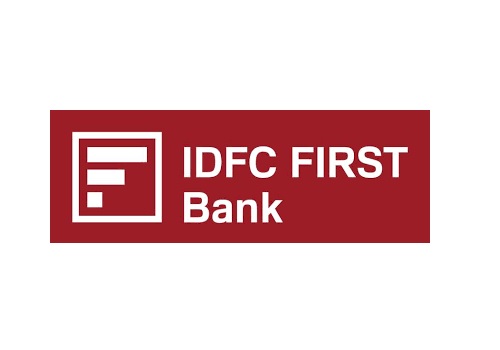
We reiterate our relatively cautious stance on IDFC First Bank (IDFCB), while comparing it, in detail, to 10 other key mid and smallcap private sector banks. The key pointers underpinning our view are as follows: (1) Asset quality outcomes for IDFCB across the credit cycle are indicative of IDFCB’s higher risk business model (2) While IDFCB has a high-yield loan book mix, it introduces significant risk on the balance sheet as reflected in its RWA density (3) There are a variety of aspects that demonstrate that IDFCB is still some distance away from a desirable liability profile (4) High loan to deposit ratio puts incremental pressure on IDFCB in terms of its deposit growth requirement (5) Cost to assets is a part of the RoA tree for IDFCB that leaves a lot to be desired.
Asset quality outcomes for IDFCB across the credit cycle are indicative of IDFCB’s higher risk business model
Credit cost for IDFCB was particularly elevated till FY22. Credit cost in FY22 was 3.5% and the third highest in our comparison universe, behind RBL and SIB. Further, in an analysis carried out for our coverage universe, we note that the street has been pricing in a better expectation for IDFCB in FY24 than what they have been delivering. The FY24E Bloomberg credit cost consensus for IDFCB is 109 bps, which is 22 bps lower than what the bank has delivered over 9MFY24. This is the highest such differential in our coverage universe.
While IDFCB has a high-yield loan book mix, it introduces significant risk on the balance sheet as reflected in its RWA density
The RWA density (RWA to total assets) for IDFCB is 80.7% as of December 2023, which is highest in our comparison universe. Other banks in our comparison universe have far lower RWA density ranging between 43.0-61.1%, except RBL, which is also elevated at 74.4%. The high RWA density underlines the cyclicality inherent in IDFCB’s business model.
There are a variety of aspects that demonstrate that IDFCB is still some distance away from a desirable liability profile
IDFCB has the second highest CASA ratio in our comparison universe but that has been achieved via a premium SA rate offering. The SA rate for IDFCB at the key balance threshold of just above Rs 1mn is the second highest in our comparison universe. This SA rate had dropped to 5% in the aftermath of the pandemic, when liquidity was abundant. However, as liquidity has receded, IDFCB has had to raise this key SA rate all the way back to 7%. Only DCB is worse placed at 8% in our comparison universe. Importantly, the granularity of the IDFCB deposit book is the second lowest in our comparison universe. The share of retail LCR deposits as of December 2023 stood at 63.6%, above only RBL, which is at 54.3%.
High loan to deposit ratio puts incremental pressure on IDFCB in terms of its deposit growth requirement
The loan to deposit ratio of IDFCB stood at 101.6% as of December 2023, the highest in our comparison universe with peer mid and smallcap banks ranging between 69.8- 86.2%.
Cost to assets is a part of the RoA tree for IDFCB that leaves a lot to be desired
Cost to assets for IDFCB for FY23 stood at 5.7%, which is the highest in our comparison universe, with peer banks ranging between 1.8-4.3%. Elevated cost to assets for IDFCB is driven by high non-employee cost to assets. Non-employee cost to assets for IDFCB for FY23 stood at 3.9%, which is the highest in our comparison universe, with peer banks ranging between 0.7-3.1%. 80% of IDFCB’s non-employee cost is contributed to by “Other expenditure” but it is not disclosed anywhere what comprises this sub-item.
We retain a less-than-bullish ADD rating on IDFCB with a price target of Rs 95
We value the bank at 1.7x FY26 P/BV for an FY24/25/26E RoE profile of 10.2/12.7/13.3%.
Please refer disclaimer at https://yesinvest.in/privacy_policy_disclaimers
SEBI Registration number is INZ000185632
